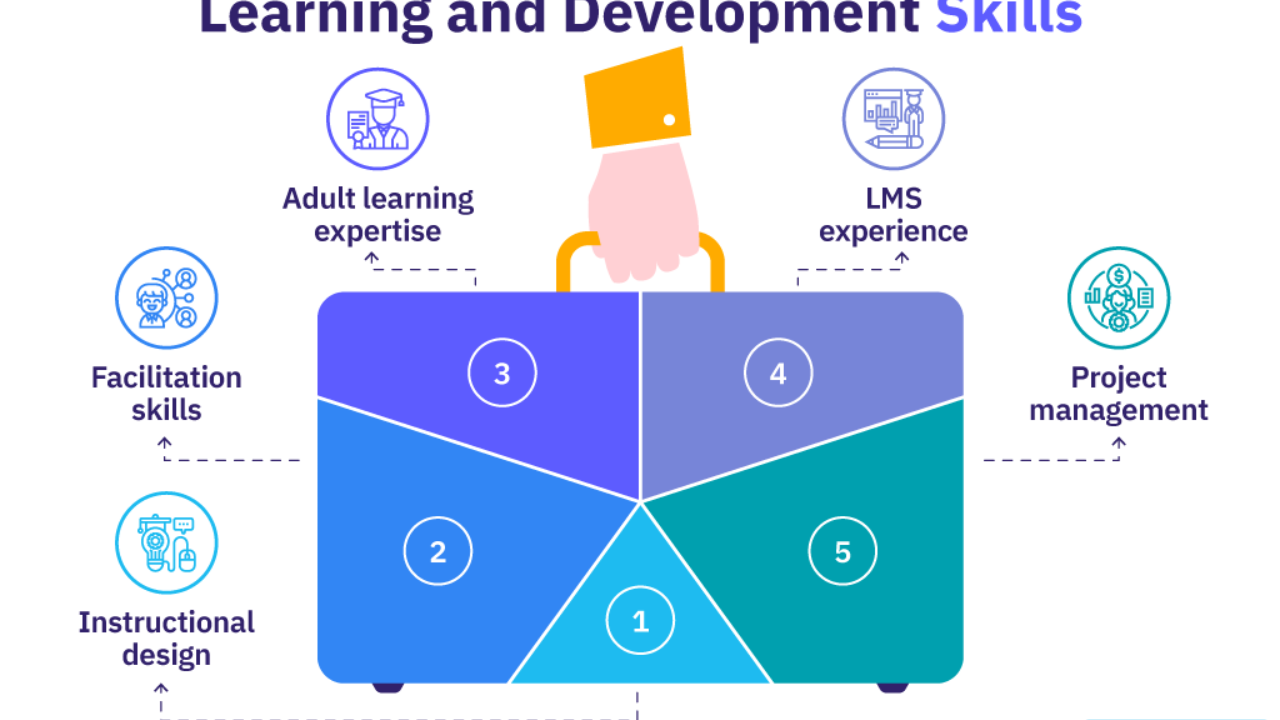
Judicial training has traditionally relied on legal theory, procedural rules, and abstract principles. However, the legal landscape is growing increasingly complex with evolving societal norms, digital evidence, cross-border cases, and emerging types of crime. To keep up, judicial education must evolve as well. A dynamic shift is taking place: the incorporation of real-world case scenarios into judicial learning modules. This approach brings relevance, critical thinking, and experiential learning into the training of judges and judicial officers.
Why Real-World Scenarios Matter in Judicial Training
1. Enhancing Practical Understanding
Legal theory alone cannot fully prepare judges for the nuanced situations they face in courtrooms. Real-life case scenarios bridge this gap by providing contextual learning. They allow trainees to experience the dilemma, tension, and decisions that judges have faced in actual cases—without the real-life consequences.
2. Encouraging Ethical Reflection
Real scenarios often highlight ethical gray areas—conflicts of interest, prosecutorial overreach, or dilemmas involving vulnerable populations. They create a safe space to examine how ethical principles should be applied, promoting deeper understanding of professional responsibility.
3. Strengthening Decision-Making Skills
Rather than memorizing laws, participants are invited to analyze, deliberate, and make decisions, much like they would in a live courtroom. This builds confidence and sharpens judgment in a controlled environment.
Key Components of Case-Based Learning in Judicial Modules
| Component | Description |
|---|---|
| Scenario-Based Exercises | Role-play or written simulations derived from real legal cases |
| Debriefing and Discussion | Guided group discussions analyzing decisions, outcomes, and legal strategy |
| Ethical and Legal Analysis | Focused sections highlighting applicable statutes and ethical standards |
| Multi-disciplinary Integration | Scenarios involving police, forensics, mental health experts, etc. |
| Outcome Comparisons | Comparison of trainee decisions with actual judgments |
Implementation Strategies
1. Selection of Cases
Choosing the right cases is crucial. They should reflect:
- Complexity in legal issues (e.g., constitutional rights, digital privacy)
- Social relevance (e.g., domestic violence, caste or race discrimination)
- Procedural challenges (e.g., improper evidence gathering, delays)
- Ethical dilemmas (e.g., judicial bias, sentencing discretion)
2. Customizing Learning Levels
Modules must cater to different judicial levels:
- Entry-level judges might receive straightforward criminal or civil disputes.
- Mid-career judges could handle complex appellate scenarios.
- Senior judges might explore constitutional cases or landmark precedents.
3. Facilitated Peer Learning
Discussion among peers allows for a rich exchange of perspectives. Judges from diverse regions and experiences provide varying interpretations and solutions, fostering broader thinking.
4. Digital and Blended Formats
With the advancement of e-learning platforms, case scenarios can be presented through interactive formats:
- Animated reconstructions
- Branching scenario games
- AI-driven dialogue simulations
This allows for remote and scalable learning, particularly in large judicial systems.
Benefits of Integrating Real Case Scenarios
| Benefit | Impact on Judicial Training |
|---|---|
| Better Retention of Concepts | Experiential learning leads to stronger memory and comprehension |
| Greater Relevance | Scenarios reflect challenges judges face today |
| Ethical Sensitization | Encourages reflection on human impact and judicial responsibility |
| Cross-disciplinary Exposure | Introduces real-world interactions with police, social workers, etc. |
| Continuous Skill Development | Even experienced judges benefit from exploring modern case dynamics |
Case Example: The Use of Surveillance Footage
In a recent module, a scenario was created based on a real theft case involving AI-enhanced surveillance. Judges were asked to consider:
- The admissibility of footage altered for facial recognition
- The rights of the accused in relation to privacy
- Whether the AI analysis introduced bias
The discussions led to a deeper understanding of the emerging legal-technology interface and privacy jurisprudence.
Challenges and Considerations
1. Confidentiality Concerns
Care must be taken to anonymize sensitive details to protect identities.
2. Balancing Realism and Accessibility
While realism is valuable, overly complex scenarios can overwhelm learners. Scenarios should be challenging but structured with learning objectives.
3. Resource Allocation
Creating high-quality modules takes time, legal research, and multidisciplinary collaboration. Judicial academies need support in terms of funding and expertise.
Overview Table
| Element | Description |
|---|---|
| Learning Style | Scenario-based, interactive, reflective |
| Target Audience | Entry-level to senior judiciary |
| Key Learning Goals | Legal interpretation, ethical judgment, procedural fairness |
| Tools Used | Role plays, videos, AI simulations, group discussions |
| Challenges Addressed | Real-world complexity, legal gray areas, evolving legal technology |
| Evaluation Method | Peer review, facilitator feedback, comparative outcome analysis |
Conclusion
Incorporating real-world case scenarios into judicial training is more than just a pedagogical innovation—it is a necessary evolution. It equips judges to navigate the modern courtroom with better empathy, clarity, and competence. As societies evolve, so too must the people interpreting the laws that govern them.
3 One-Line FAQs
Q1: How do real case scenarios improve judicial training?
They enhance critical thinking, ethical judgment, and real-world applicability.
Q2: Are such scenarios suitable for online or hybrid learning?
Yes, they are highly adaptable to digital platforms using simulations and interactive tools.
Q3: What types of cases are ideal for scenario-based training?
Cases involving legal complexity, social relevance, and ethical dilemmas offer the most educational value.

